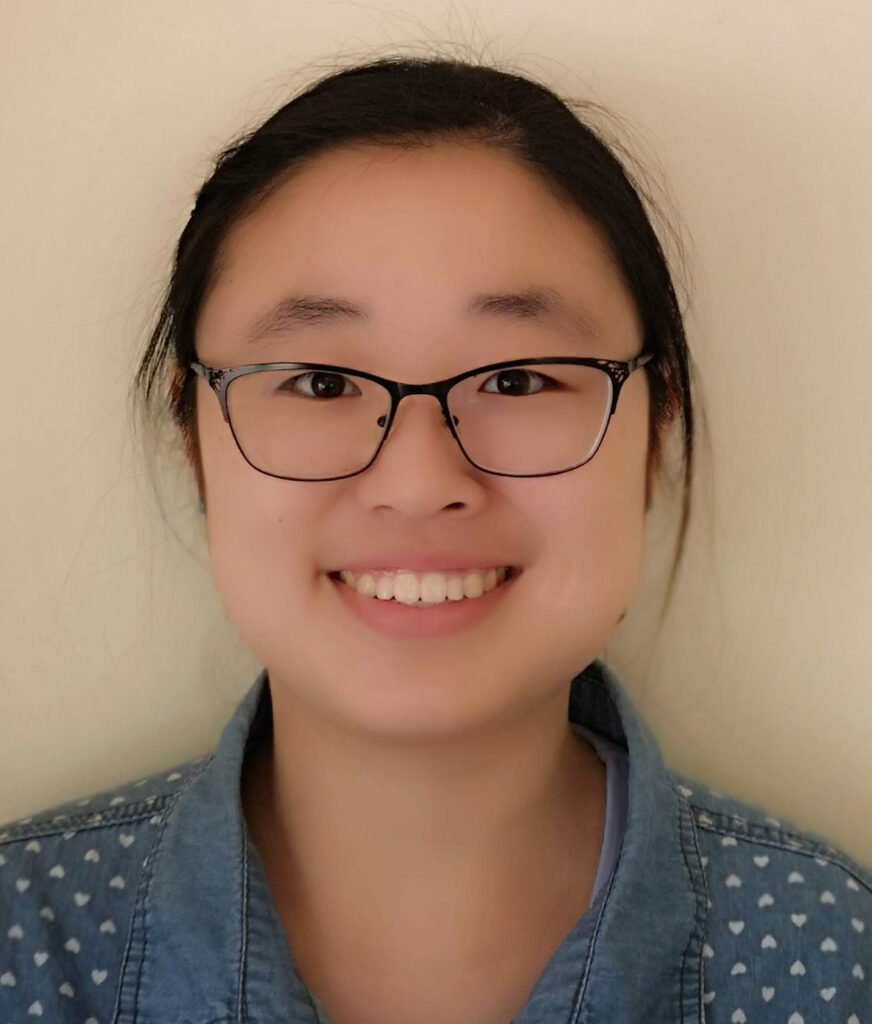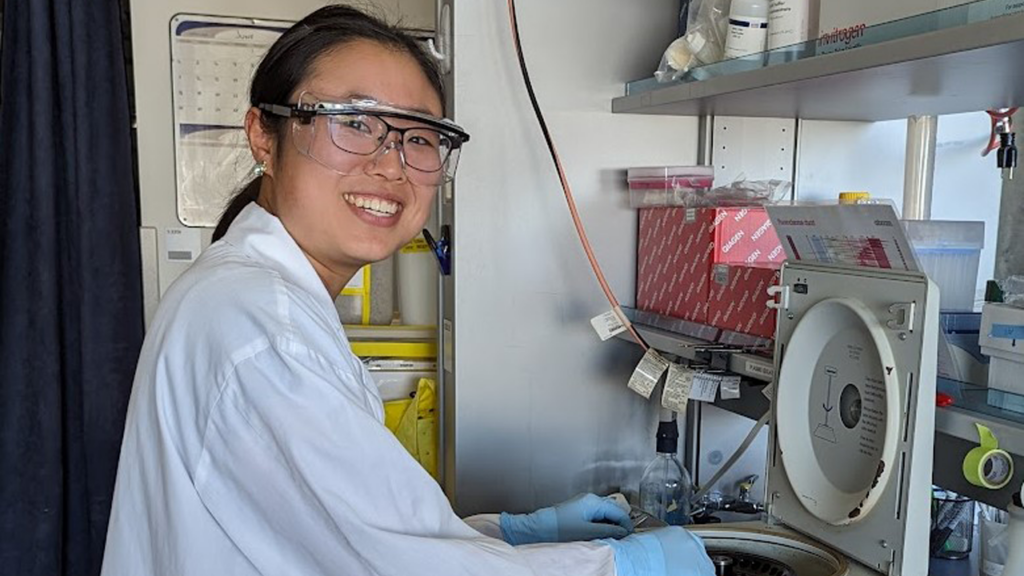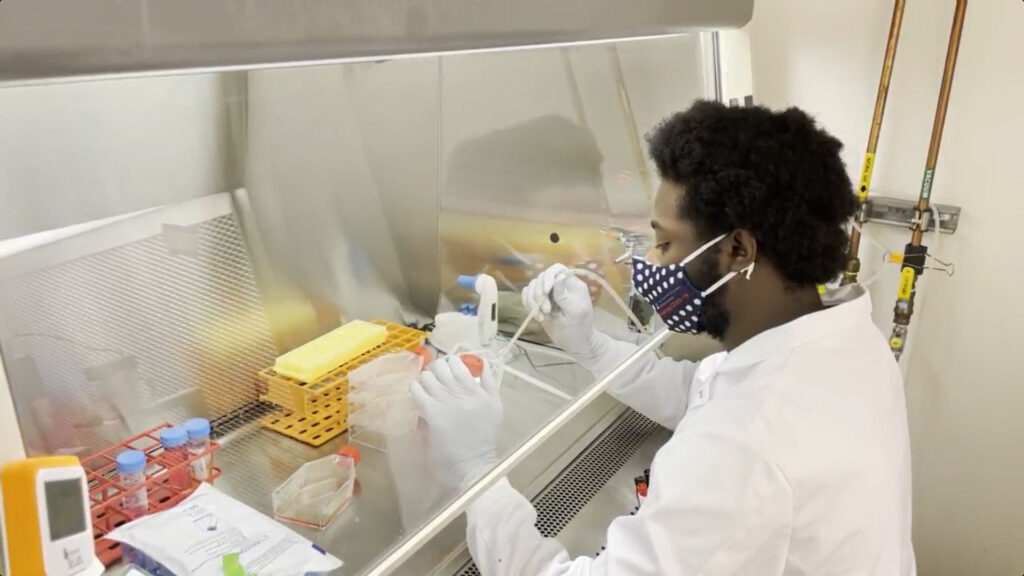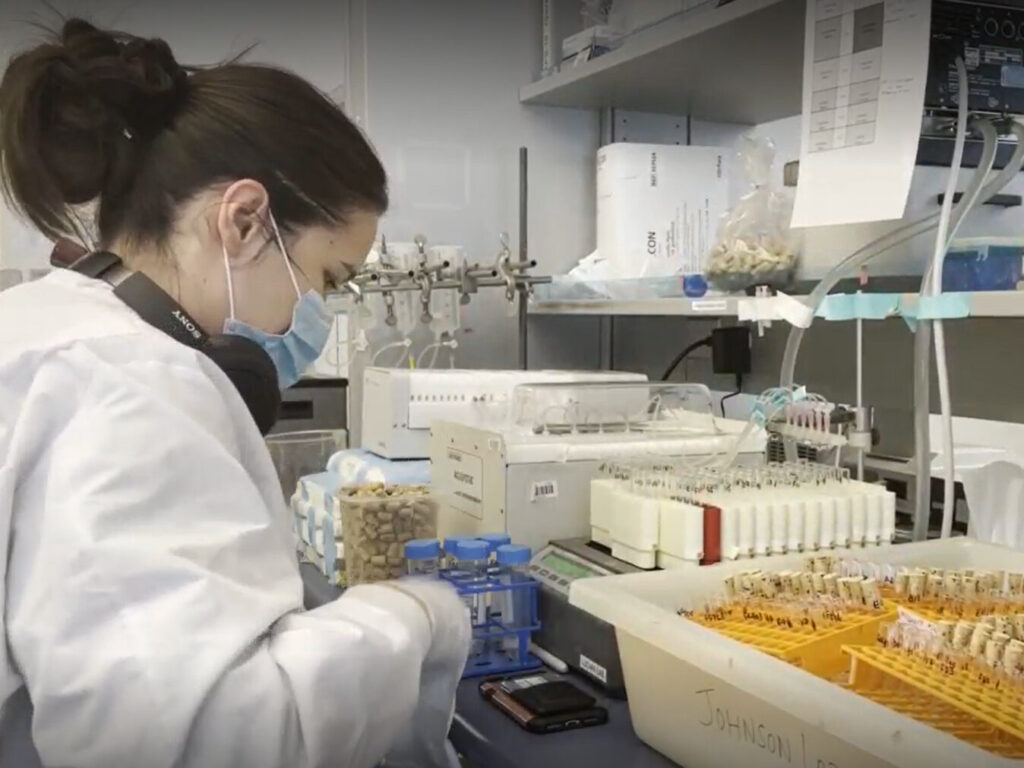For many families newly diagnosed with type 1 diabetes (T1D), Halloween can feel overwhelming – a holiday centered on candy when you’re just figuring out carb counting and nutrition. However, with the right tools and knowledge, Halloween can and should be just as fun for your child.
Here are some helpful tips for having a T1D scare-free Halloween!
Make A Plan
Plan ahead to help make a potentially challenging holiday manageable. It’s important to make sure that teachers, neighbors, and temporary caregivers all know how to handle the abundance of snacks and excitement. Things they should know include:
- The amount of candy you are comfortable with your child consuming
- How you plan to manage insulin dosing based on activity level, blood glucose readings, and treats
- Any foods they should avoid due to allergies or gluten intolerance
- The symptoms of low blood glucose (hypoglycemia) and high blood glucose (hyperglycemia) and how to treat each
- A parent or guardian’s contact information
For more information on T1D and nutrition, please visit: www.breakthrought1d.ca/life-with-t1d/nutrition
| Candy | Size | Total Carbohydrate Grams |
|---|---|---|
| Blow Pop | 1 Pop | 13g |
| Candy Corn | 10 pieces | 19g (1.9g per piece) |
| Fun size candy bar | 1 bar | 10-15g |
| Hershey’s Kiss (milk chocolate) | 1 Kiss | 2.8g |
| Jolly Rancher (hard candy) | 1 piece | 6g |
| M&Ms (fun size bag) | 1 bag | 9.7g |
| Reese’s Peanut Butter Cup | 1 piece | 12g |
| Skittles | 1 bag | 14g |
| Sour Patch Kids (fun size bag) | 1 bag | 11g |
| Starburst (fun size) | 1 pack (2 pieces) | 8g |
| Swedish Fish (fun size bag) | 1 bag | 11g |
| Twizzlers Twists (fun size) | 1 piece | 7g |
Trick-or-Treating
Running around during the evening hours may not be a part of your child’s typical routine. Here are a few tips to ensure that trick-or-treat outgoings go smoothly:
- The activity and excitement around trick-or-treating can cause low blood glucose, so talk to your diabetes healthcare team about setting a lower temporary basal rate to account for the extra nighttime exercise.
- Cooler temperatures can contribute to low blood glucose. Regardless of the type of costume, make sure your child stays warm.
- No matter how complicated the costume, pumps and continuous glucose monitors (CGM) should be easily accessible. Find a place for your child’s insulin pump and CGM under their costume. There are a variety of products designed to hold T1D supplies and gear to make the outing easier for everyone.
- Have a plan for eating candy and other foods while trick-or-treating.
- Take inventory! Sneakily consumed candy could be the explanation for elevated Halloween blood glucose levels. All of those treats can be tempting.
Halloween Treat Alternatives
People with T1D should enjoy Halloween treats, but it’s also an opportunity to get creative!
- Save some candy for treating lows. Candies that have dextrose as a key ingredient, like Skittles, are great for quickly bringing up blood glucose. Candies with higher fat content, like chocolate bars, are not ideal for treating lows.
- Turn some of your child’s pile of candy into “currency” they can use to “buy” a book, toy, computer time, or other fun activity. You can donate this uneaten candy, so it’s win-win.
- Give back to others! Food banks and groups fighting hunger will often accept candy donations.
Have fun! Halloween should be a blast for all kids, including those with T1D. We hope these tips and tricks ensure your Halloween is fun, not frightful!











